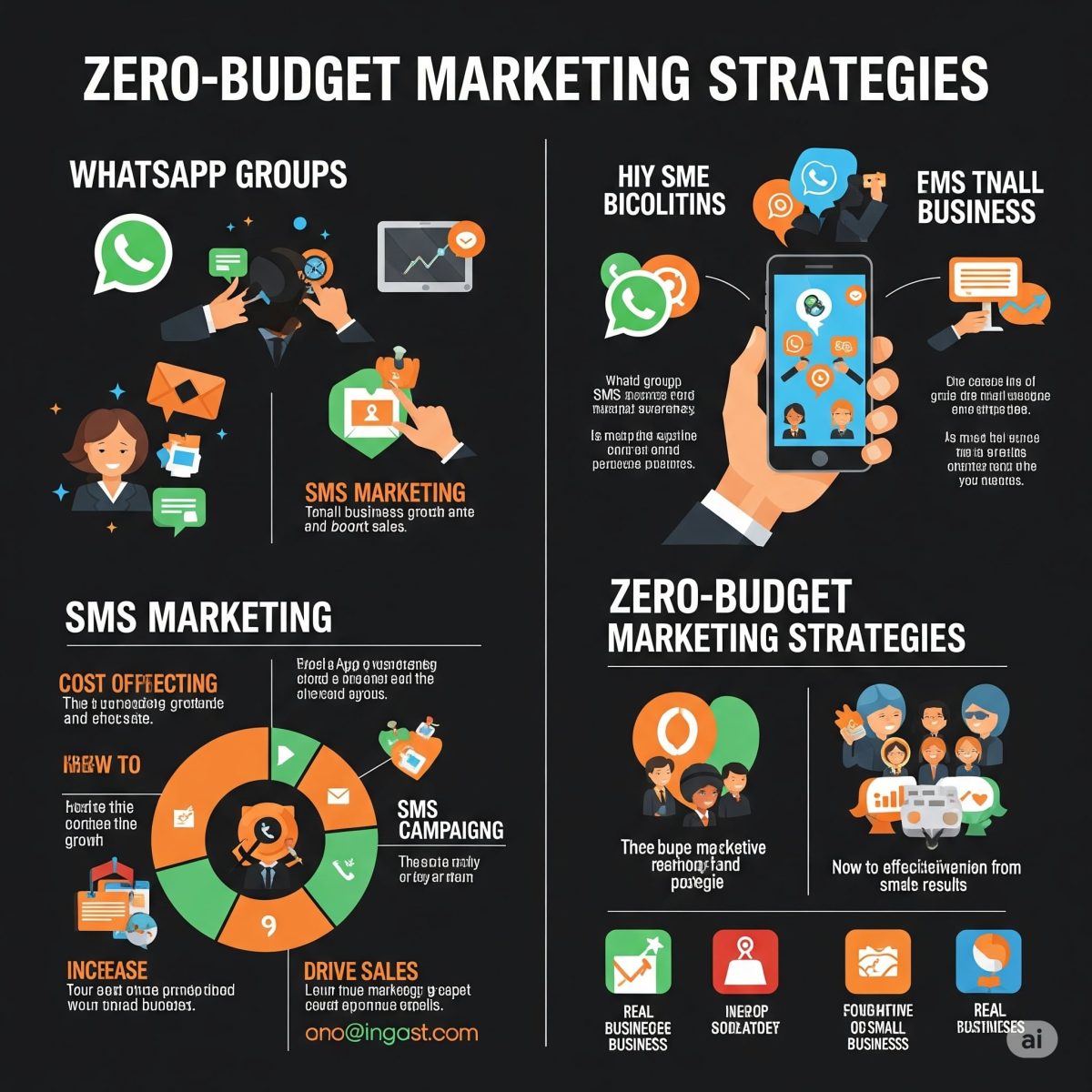Online learning has made turning your passion into a source of income easy. In today’s digital world, you can transform your expertise into a profitable online business. You can use your skill as a cook, henna artist, makeup artist, dancer, singer, fitness enthusiast and earn using that. Offering online tutorials or courses on YouTube, Instagram PR zoom can help. In this blog we will learn how we can earn through online classes.
NICHE
Starting online classes needs a clear understanding of your niche. One has to be specific as to what he/she wants to teach. You can give cooking, mehendi, and makeup tutorials.
You May Also Read:
5 Smart Ways To Earn Extra Income With A Full-Time Job!
- a) If you are inclined towards cooking, you can offer various courses. You can start teaching baking or regional cuisines like Italian, Spanish, Chinese or Indian. You can also give quick meal ideas and dessert recommendations. To join the trend and adapt to the present audience, you can also give vegan or gluten free recipes.
- b) Going for mehendi classes can also be an option. One can teach various different types of mehendi styles like bridal, arabic, Moroccan, indo-western. There are trends for tattoo style henna as well. You can later add to this by manufacturing your own mehendi and selling it.
- c) If you are skilled as a makeup artist, then you can try that as well. You can teach various makeup techniques like bridal makeup, glam looks, everyday look and skincare preparation etc.
You May Also Read:
3 Amazing Digital Work-from-home Jobs for Solopreneurs
AUDIENCE
You must choose the correct target audience. Stick to one category as in –
- a) Focus on beginners like homemakers, hobbyists, teenagers looking around for interests.
- b) you can also give tutorials to professionals like aspiring chefs, makeup artists or mehendi experts.
CONTENT STRATEGY
Strategize your content as to what you want to offer. Plan your courses periodically. Offer a weekly , monthly or quarterly course. Complete the course within that span of time. Offer paid and free content .
PLATFORM
Choose a platform to upload your videos. Every platform has its own benefits and earning mechanisms.
- a) Platforms like YouTube, Facebook and Instagram are great for gaining exposure. You can collect a large amount of audience from these. You can earn using Ad Revenues, sponsorship, and affiliate links.
- b) Redirecting these followers to zoom or skype allows you to conduct live classes and charging per session.
- c) Platforms like Udemy or Skillshare helps you in creating your own course with subscription or fees. They let you upload pre-recorded videos. They take commissions but in return give passive income.
You May Also Read:
MONETISATION
You can use various models of earning..
- a) Charge a One Time Fees. Host a single workshop and price it accordingly. You can charge from ₹500 to ₹3000.
- b) Access to Pre-recorded courses can range from ₹2000 to ₹8000 depending on depth and quality.
- c) Offer membership, wherein students can get unlimited access to video lectures for a certain amount a month. You can charge from ₹500 to ₹2000 per month.
- d) You can offer your weekly, monthly and yearly plans at a discounted rate for consistent learners.
MARKETING
Choose smart ways to promote your courses so the right audience can find you. Every strategy be it online or offline has its own charm.
- a) Start with SEO-optimized content. Use keywords like “Online Mehandi Class in India” so your content shows up when people search. It’s a simple but powerful way to get discovered.
- b) Team up with influencers. Offer them free access to your course in return for a shoutout or review. Their followers can become your next learners.
- c) Join niche Facebook groups like bridal makeup, regional cooking, or mehandi design communities. Be active, helpful, and subtly mention your classes.
- d) Trying ads can help in growing fast. Facebook and Instagram Ads work well, especially when targeting women aged 18–45 who love beauty, mehandi, or cooking. Google Ads are useful too, target searches like “Best Online Makeup Course.”
- e) Don’t skip offline methods. Print simple flyers and place them at beauty salons, cookware stores, or local cafés. You can also connect with wedding planners and ask them to include your bridal mehandi or makeup classes in their packages.
You May Also Read:
Passive Income | Top 10 Secondary Income Sources in 2024
SCALING
Once you are settled, try to scale your business. You can do this by various ways like –
- a) Hire an assistant to help with video editing, customer service or marketing.
- b) Create mobile apps and offer subscriptions there.
- c) license your content to educational institutes and training centers.
CONCLUSION
Turning your creative talent into a successful online course business isn’t just a thought but also something you can build step by step. By starting with what you know, picking a format that suits you, pricing it wisely and keep marketing consistently, you can turn your skill into a business too
If you’re also struggling with low sales in your business, this article can be extremely helpful for you. Moreover, if you’re facing any kind of challenge in your business and are looking for expert guidance, click on the link to the Leadership Funnel Program and get in touch with us now.









